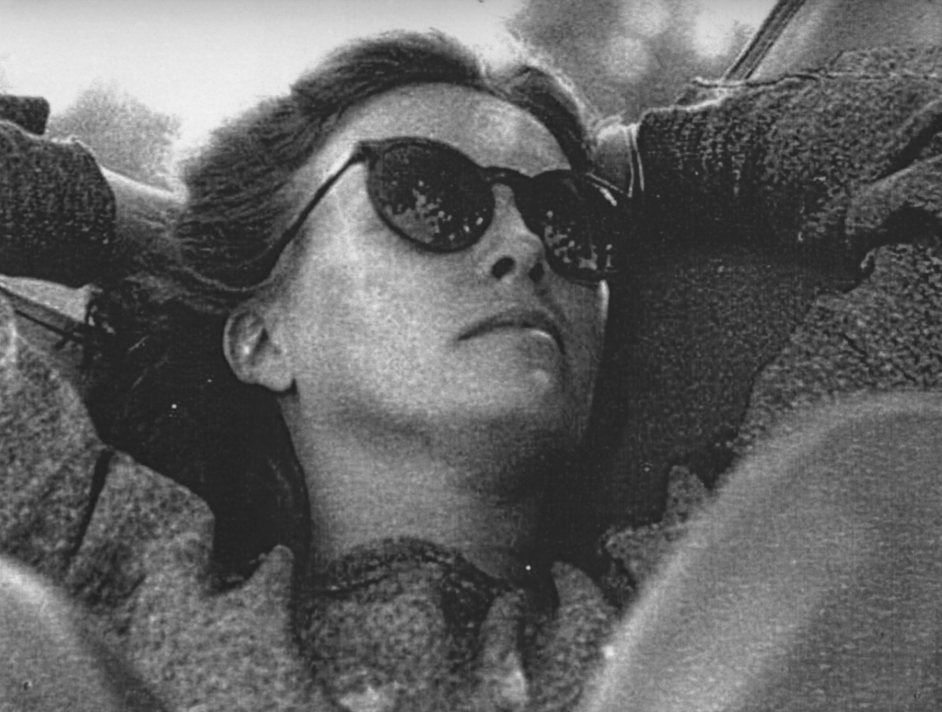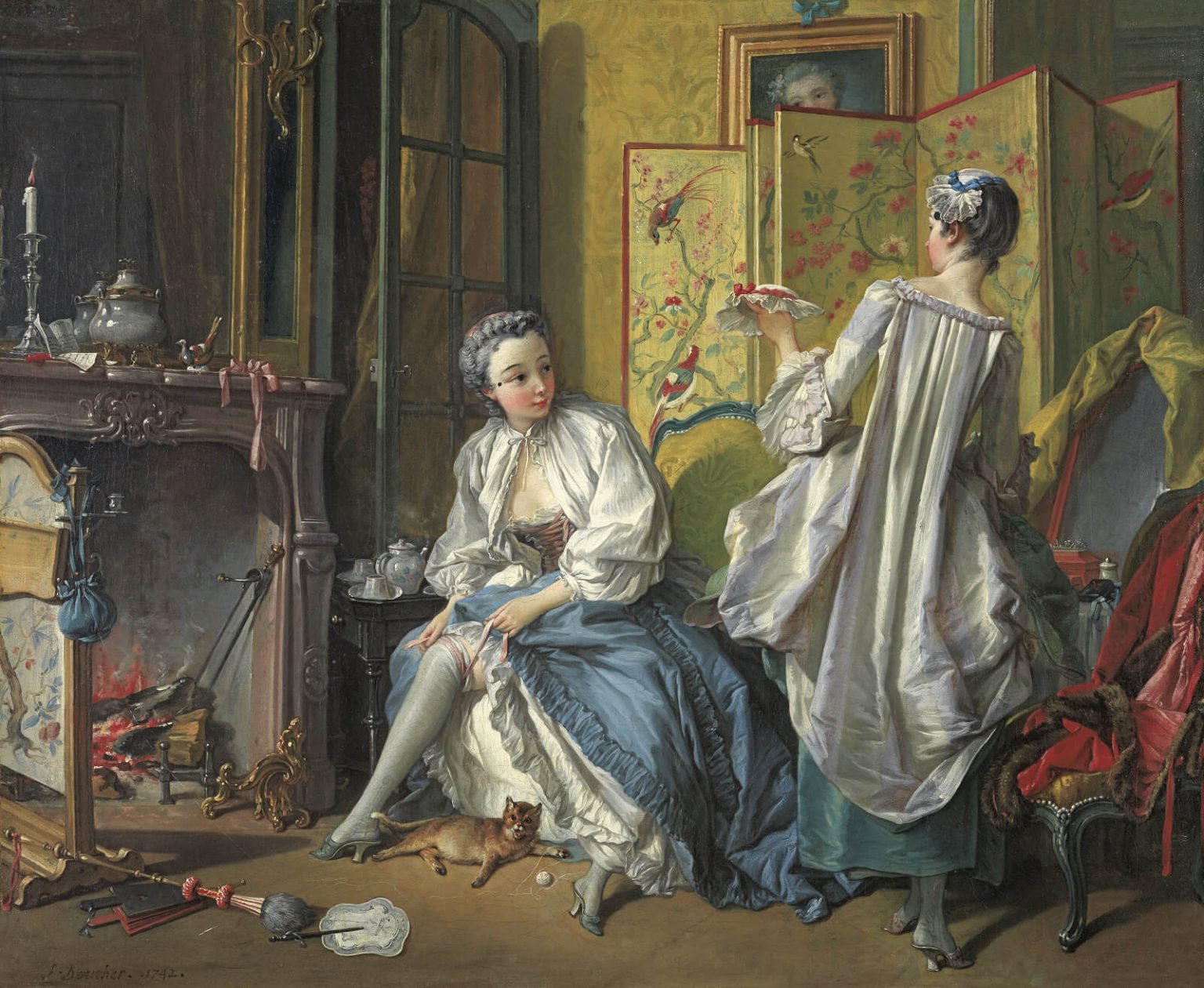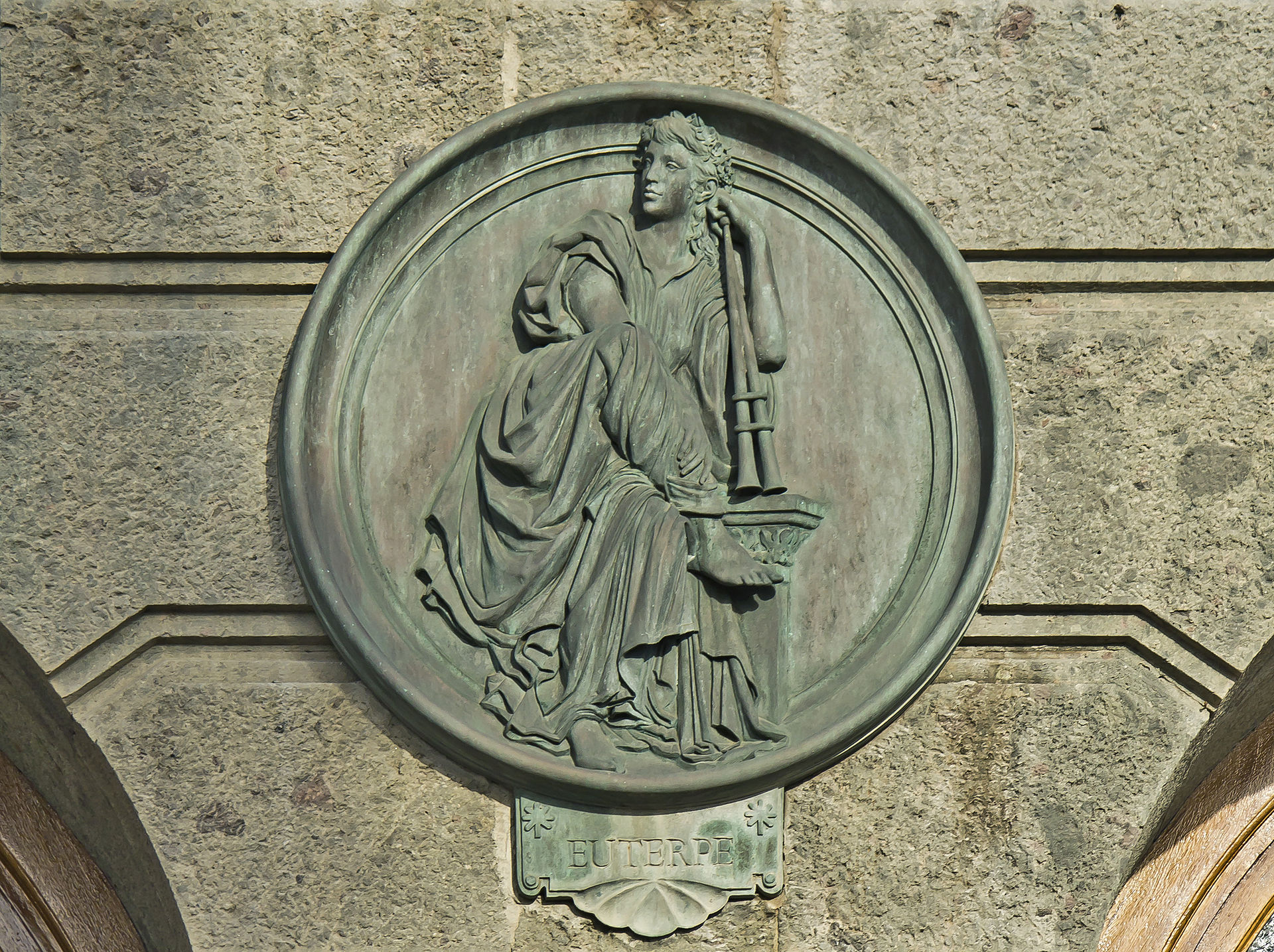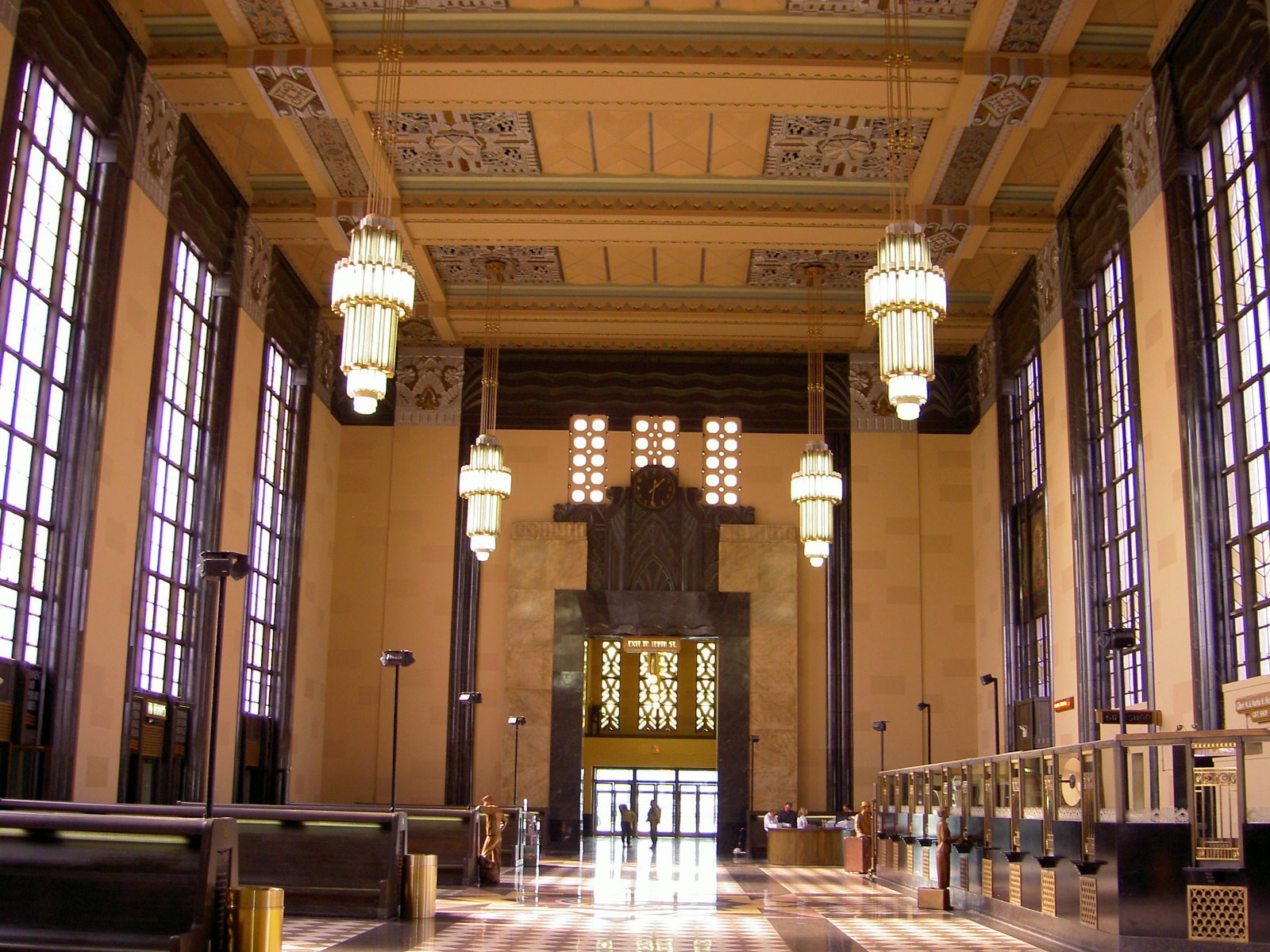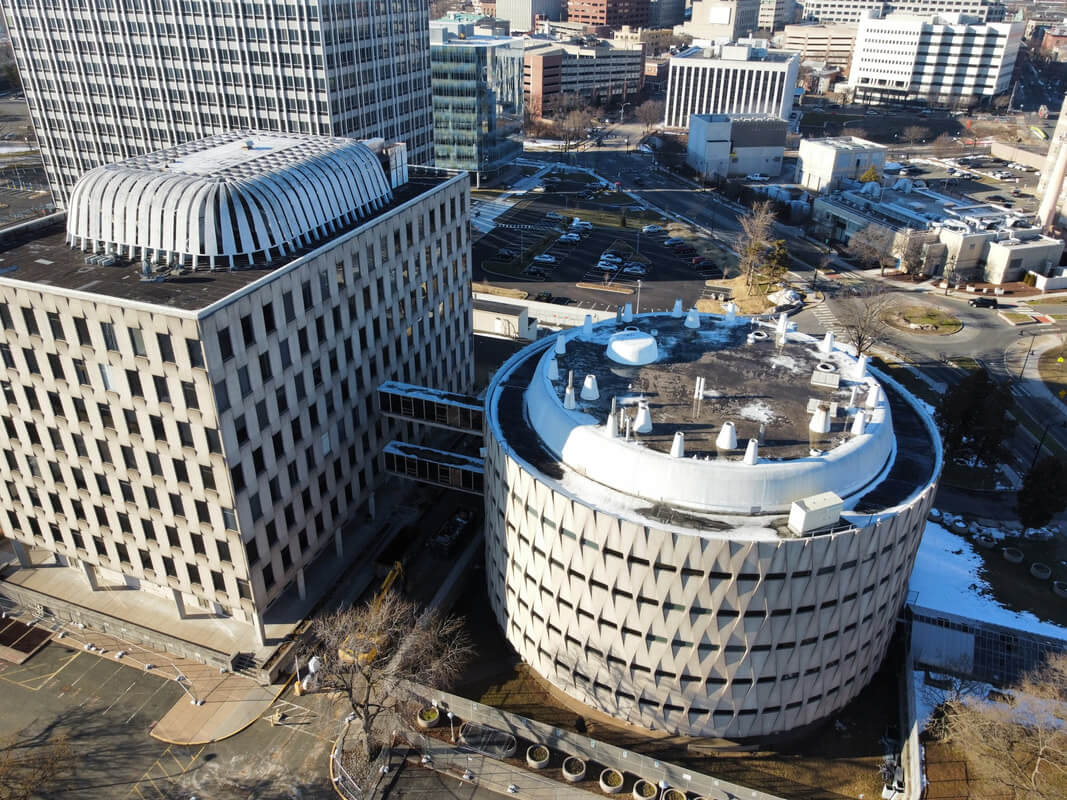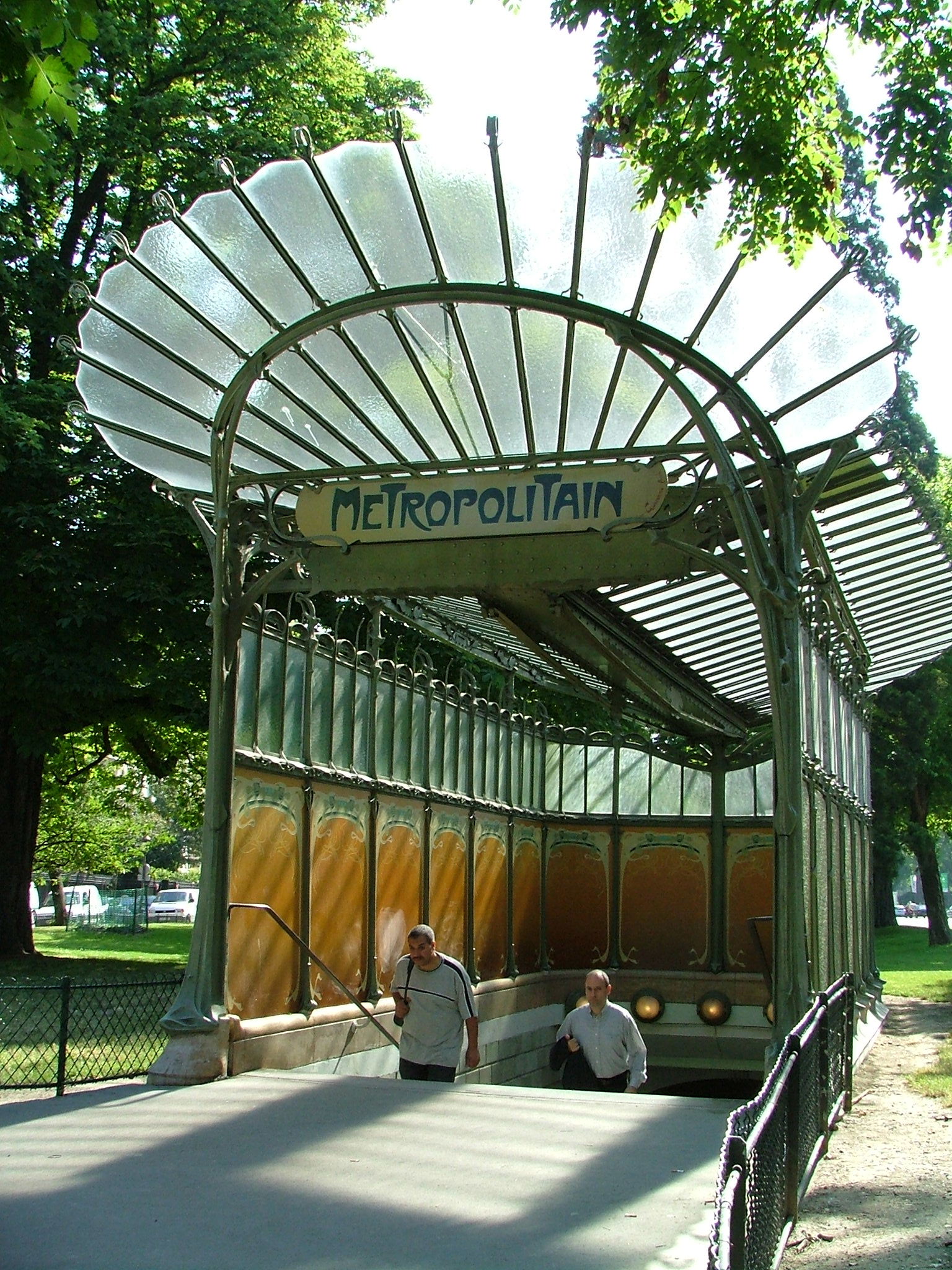MOXIE
It is eight weeks since Shirley died. I still can’t get used to saying “I” and “mine” rather than “we” and “our.”
I look at old photographs a lot. This is one when she was a student in a convent school with the sisters of the Congrégation de Notre-Dame in Montreal. She is ten and all her best qualities are already in evidence in her forthright gaze: good humor, realism, intelligence, fortitude. And moxie—she is fearless.


